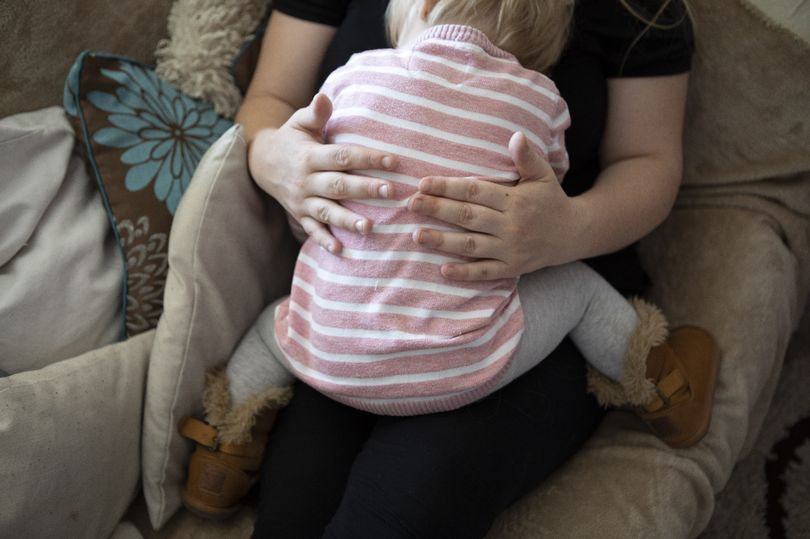Resilience and Childhood Deprivation

Childhood deprivation is linked to various factors in the environment which are associated with neglect. Neglect can be defined as a failure of the caregiver, whether it is purposeful or not, of providing basic social, physical, or/and emotional. Poverty, family issues, and other factors can all contribute to childhood deprivation. Deprivation can result in trauma, which can be detrimental to a person’s life. The ability to bounce back from stress and a traumatic event is called – resilience. If a person demonstrates resilience, there is a greater chance that they will return to their pre-trauma state, with no or little detrimental consequences on their character. Deprivation is a significant risk factor in a child’s development; thus, it is critical to understand to what degree and how the negative impacts may be prevented. Today I would like to share three separate studies or rather unique stories where children were deprived of basic human needs, to illustrate how at times small details can make a huge difference.
Rutter et al. (2007) explored how being raised in an institution impacted children’s attachment. Attachment “is a deep and enduring emotional bond that connects one person to another across time and space” (Bolwby, 1969). The researcher observed children as they aged, those who were adopted into wealthy British families, as well as those who remained in the orphanage. Rutter et al. (2007) noticed how orphaned children tended to self-clutch and rock back and forth, they engaged in a self-soothing action since there was no one else to comfort them. The longer children remained in an institution; the more issues occurred. Those adopted significantly later presented disinhibited attachment disorder and were unable to rely on the adopted parents or did not differentiate between adopted parents and a stranger. The researchers concluded that the earlier a child is taken away from a deprived environment, the more likely they are to bounce back and continue normal development, catching up with their peers.

Genie, a heart-wrenching and highly unethically handles the case of extreme deprivation. Genie Was socially and physically restrained from twenty months of age, up until she was discovered at age 13. In addition to physical disabilities, she was unable to speak or comprehend the language. Language acquisition occurs most rapidly throughout the critical period beginning at the age of two and lasting until puberty and is determined by one’s neural activity and fundamental exposure to speech. Living in the researcher’s house, Genie was slowly exposed to words, with time she gained the ability to put multiple words together, however, she did not advance further. Researchers theorized that basic grammar acquisition and the ability to form sentences are likely impossible beyond a certain age. With age, Genie preferred using sign language over speaking. However, due to constant moving from one researcher to another, and being transferred across inadequate foster homes and institutions she started to regress once again. The researchers have had no access to Genie for decades now, but it became evident that the ever-changing environment became detrimental to her recovery (Curtiss et al., 1974; Fromkin et al., 1974).
Another famous Czech case study was based on a story of twins, Andrey and Vanya. After the age of 1.5, the boys spent 5.5 years abused in a cellar. They were found physically small and practically mute. Two sister researchers adopted them, allowing the boys to see each other often and receive proper care and rehabilitation. As years passed, the twins were able to transfer to a normal school and had a standard IQ for their age as well as a vocabulary comparable to their peers. The research was last updated when the brothers were in their twenties, anyhow, both showed full recovery (Koluchová 1971, 1972, 1991). Despite being saved at an older age than Rutter’s orphans, the twins recover much better. Multiple factors could play a role. They did have a chance of healthy development in the first year of their lives; their twin bond could partially substitute a parental bond; they were not adopted into an average family, but sisters specializing in research on deprived children, carrying advanced abilities and potential to help brothers.
In conclusion, the amount and quality of supportive elements have a significant effect on resistance to childhood trauma. More research increasingly shows that social support is often a major factor in a recovery of almost any kind, which is also evident in the studies I shared today. Although resilience can be enhanced socially, biological factors may limit its scope. This is due to the brain having distinct stages designed for various sorts of growth, and after the stage is reached, reorganizing the brain becomes incredibly difficult. Therefore, age becomes a detrimental factor in one’s recovery.
By Diana Sultanova, Mental Health Intern
References:
Bolwby, J. (1969). Attachment. Attachment and loss (Vol. 1). New York: Basic Books.
Curtiss, S., Fromkin, V., Krashen, S., Rigler, D., Rigler, M. (1974). The Linguistic Development of Genie. Linguistic Society of America. Language.
Fromkin, V., Krashen, S., Curtiss, S., Rigler, D., Rigler, M. (1974). The Development of Language Acquisition beyond the “Critical Period”. Braina and Language, 81-107.
Koluchová, J. (1972). Severe deprivation in twins: A case study. Journal of Child Psychology and Psychiatry, 107-114.
Koluchová, J. (1991). Severely deprived twins after 22 years of observation. Studia Psychologica, 23-28.
Rutter, M., Castle, J., Beckett, C., Colvert, E. (2007). Effects of Profound Early Institutional Deprivation: An Overview of Findings from a UK Longitudinal Study of Romanian Adoptees. European Journal of Developmental Psychology, 332-350.
